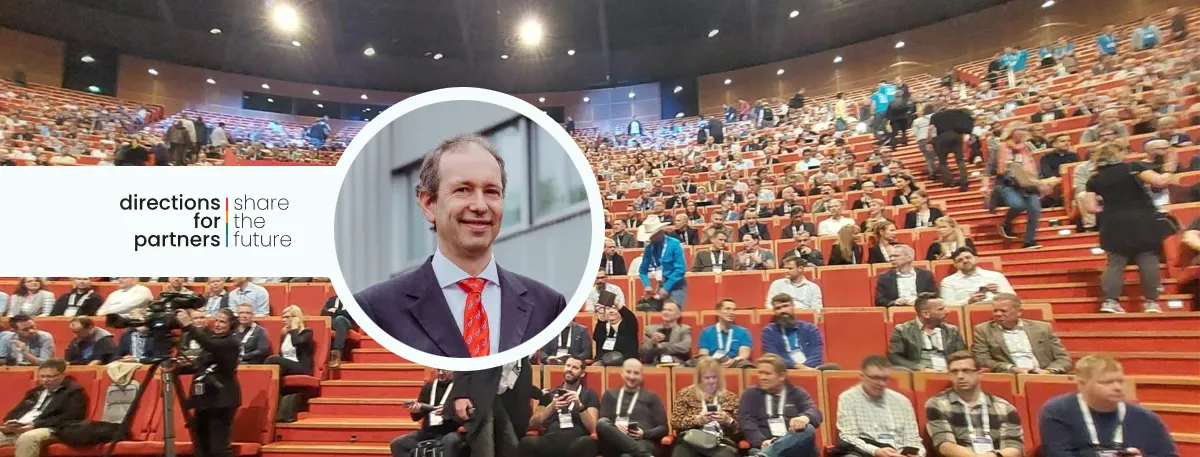
Like most CEOs at this time of the year, my biggest priority is the 2024 strategy. To understand better where to focus our attention, staying on top of industry trends is critical.
For us who specialise in Microsoft’s Business Central ERP platform, there is no better place to get the latest insights and business direction for the upcoming year than the Directions 4 Partner conference.
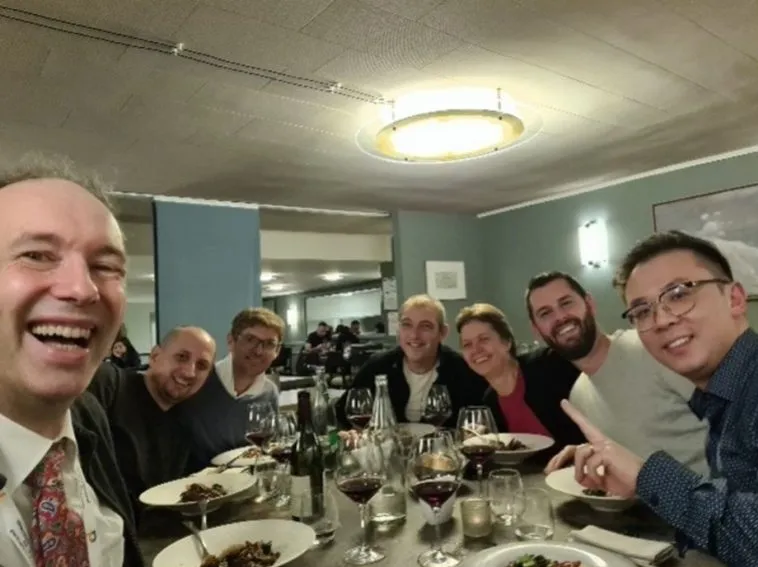
This year’s Directions EMEA event took place in Lyon and was the largest to date, gathering nearly 3.000 attendees. I could tell by the number of people I, unfortunately, missed seeing in person due to the high volume of sessions and meetings.
Still, I met some friends and partners from the International Association of Microsoft Channel Partners (IAMCP) and the Business Central community.
Discussed across the sessions, it was clear that the changes and challenges in the Microsoft ecosystem have grown in number and size. But, simultaneously, the number of new opportunities is increasing daily.
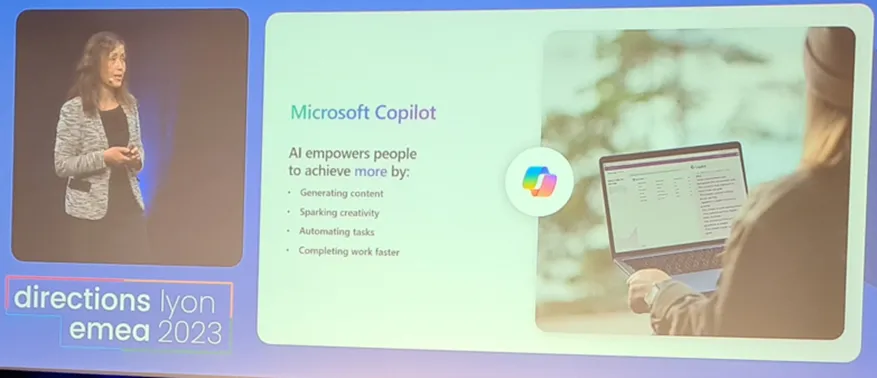
Unsurprisingly, this year’s event star was AI and Microsoft’s Copilot.
The biggest takeaway is that Copilot evolves daily and spreads into all Microsoft products. After introducing Dynamics365 Copilot earlier this year, Microsoft recently released the M365 Copilot for enterprise customers.
The development priorities for Business Central are also embracing Copilot. For example, bank account reconciliation and marketing texts are now finally available in German and other languages besides English.
Here at acadon AG, we are deeply committed to AI development for our customers. An example includes the acadon_BI.finance solution with built-in Copilot that automatically connects our customer’s account schedules with financial reporting.
But it’s about more than having the AI tools to offer. It’s also about providing our customers with sound strategic advice. At Directions EMEA 2023, we discussed ways to guide our customers in their AI journeys and to set up current and future projects to be Copilot-ready.
With all the AI hype around us, we often need to remember that the migration to the cloud is still challenging for many businesses.
The fact is that customers still reluctant about the cloud will be persuaded more easily if they can count on a stable and reliable system.
One of the roundtables, therefore, discussed the challenges of large SaaS installations. It revealed that the main pain points were not performance issues but license and support problems.
Microsoft made some noticeable effort in optimising large SaaS installations. For example, “attached licenses” for CRM connected to Business Central are finally available at $20 per user.
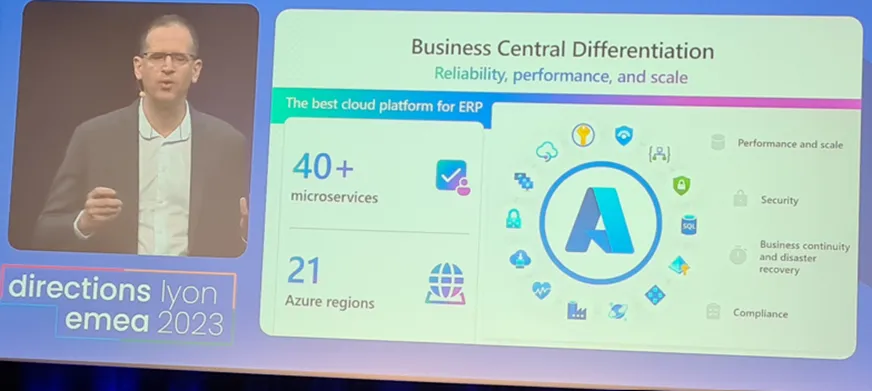
In addition, Microsoft announced the release of a new program and an alternative to its ‘Bridge to the Cloud’–AIM for the future. The program aims to offset the maintenance fees paid against the migration costs.

Also referred to its Concierge Service in the Product Group, helping partners in managing large accounts. More information on both should become available in the following weeks.
Many partners feel much pressure as Microsoft works on incorporating more AI across the product stack and various adjustments in its partner programs.
Reaching revenue goals while adapting to new circumstances (and investing time in non-billable activities) is a challenge, which means we’ll have to increase unit sales. To achieve that, Independent Software Vendors (ISVs) must tap into global markets.
Yaveon represented our strong ISV clusters from Germany and Denmark, sharing its experience in global markets.
Overall, the arguments behind creating more vertical solutions are clear. However, that also means we all need to work harder to establish our expanded market position and attract customers on a massive scale.
All this vertical solution talk initiated new IT partnership discussions, and here’s why.
The solution? VAR and ISV partnerships across industry verticals.
I saw this potential in several discussions with partner prospects. However, to ensure the success for these partnerships, it’s important for VARs to invest in resources with industry expertise, and for ISVs to develop more partner support.
I was glad to hear from Microsoft’s VP of Dynamics365 Business Central, Mike Morton, who shared figures on the significant Business Central online momentum for the first time:
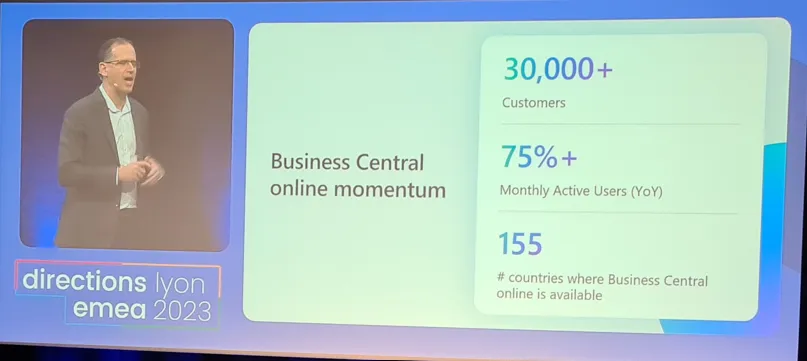
To encourage the ‘Switch to SaaS’ and attract more customers to Business Central, Microsoft is relying on three strategies:
A) The integration with the entire Microsoft product ‘realm’: PowerPlatform, Microsoft 365, AI services, and AppSource, where the expertise of partners like us is a critical component.
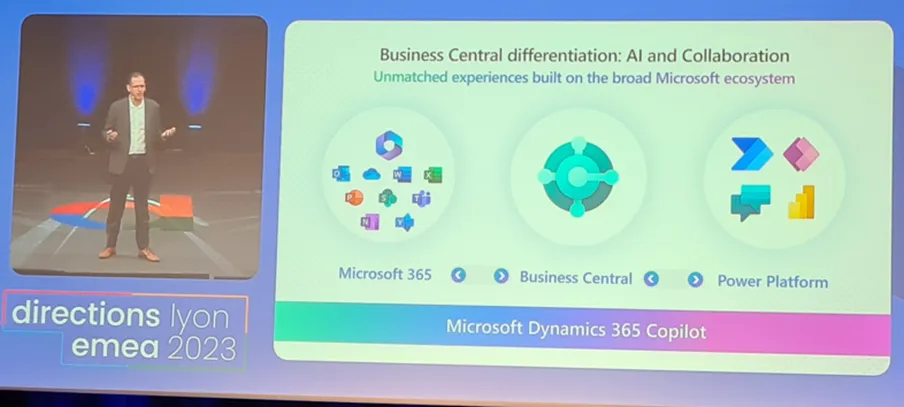
B) The combination of additional features of the standard version with innovative ISV solutions, such as the ones we develop for timber customers.

C) Cutting the implementation time from years to weeks.

In other words, Microsoft is counting on Business Central partners like acadon AG.
If you’re a Microsoft partner, I hope this will help you make more informed decisions about your business strategy for 2024. It certainly will help us at acadon AG steer our business wheel in the right direction.
And if you’re a timber company, reach out if you want to know more about our solutions and our ‘wood cloud.’





